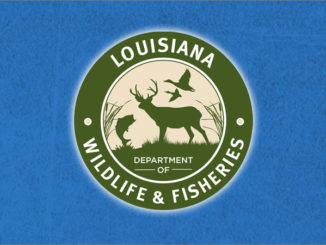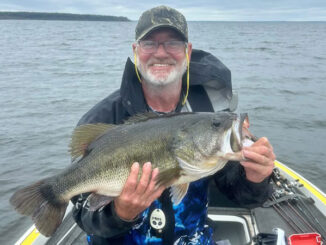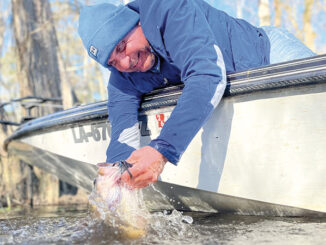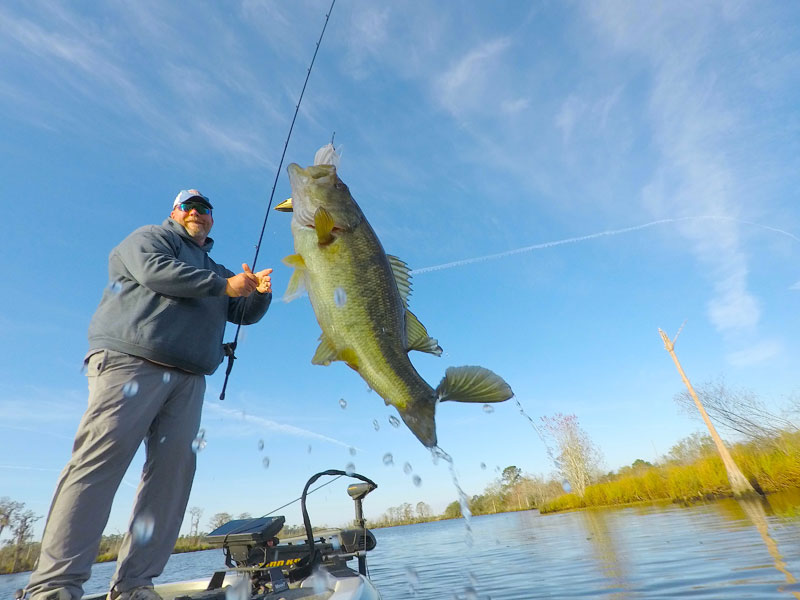
When it comes to spring bass fishing, there are three stages bass go through in order to complete the spawning cycle.
The stages
- Prespawn bass can be found in areas that allow them to move into the shallows at the moment when the water temperature is desirable; this is known as staging.
- Next comes what may be everyone’s favorite stage, the spawn. It’s a time where big bass that normally make a living avoiding anglers hiding out in deep haunts and strategic areas to feed are forced into the shallows. In fact, the spawn may be the easiest time to pattern bass because of the guarantee that every male and female will make their way into the shallows sometime in February or March.
- And then there’s the next stage: the post-spawn. It has often reduced fishermen to scratching their heads and slamming down their hats trying to figure out a pattern.
Patrick Engerran has been fishing the Northshore for more than a decade; he loves fishing the rivers and the bayous in February and March for bass, but when it comes to post-spawn, well….
“There’s a reason it’s called the post-spawn funk. This month, you’re better off working on your golf game,” he said.
Engerran is big into the tournament scene on the Northshore, so he doesn’t have the option to skip April, when bass are typically done with the reproduction cycle and in a post-spawn mood.
“April Is my least-favorite month to fish, because it’s so hard to pattern these bass on the Northshore,” he said. “They could be already back in their deep spots; they could be just coming off the bed, or they could be eating only one meal a day because they’re recovering from the spawn.”
Cover water
Without a doubt, April is when bass are scattered the most, but Engerran’s tournament schedule forces him to figure them out. The most-important thing, he said, is to cover water.
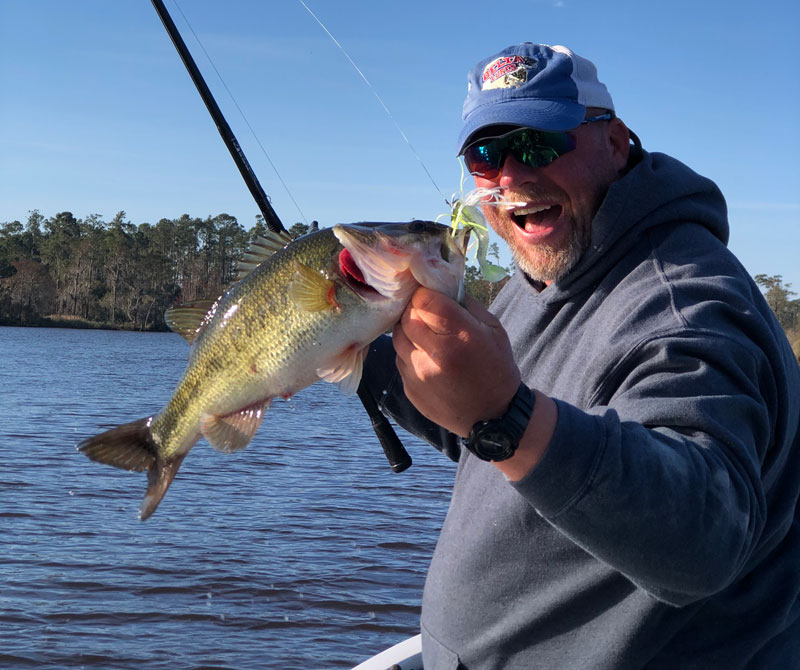
“It’s so hard to find a pattern with these fish in April, so what I’ll do is have numerous poles ready rigged with different lures and a fully charged trolling motor, because I’m about to cover some serious water,” he said.
Edgerran uses four main baits when fishing for post-spawn bass: a spinnerbait, a Chatterbait and either a weedless swimbait for marshy ares close to the lake or a square-billed crankbait for the wooded sections further upriver. It’s tough to fish a crankbait in the southern sections of the tributaries because of the amount of eel grass and vegetation.
“You never know what they’re going to want on any given day, so you need to put different things in front of them to better your chances of enticing a strike,” he said.
Edgerran recommends switching baits often.
“You may cover a stretch of water throwing a spinnerbait, and for one reason or another, that’s not what that bass want, so be sure to be throwing something else if you fish that same stretch on the way back to the launch,” he said.
Red is the way to go
As far as colors go, Engerran recommends trying to incorporate red any way you can into your baits.
“All of the rivers and bayou here on the Northshore have crawfish coming out of the swamps, so it won’t be unusual for them to be feeding on crawfish in April,” he said.
Although April can be tough fishing, Engerran gives some assurance that bass can be caught during the post-spawn.
“The fish are there so they have to eat eventually,” he joked.
